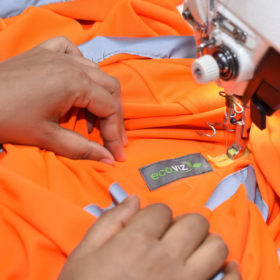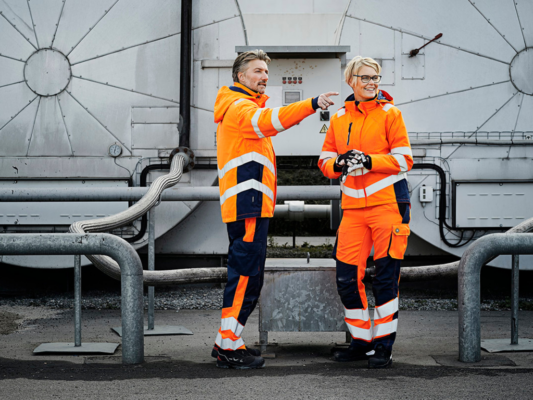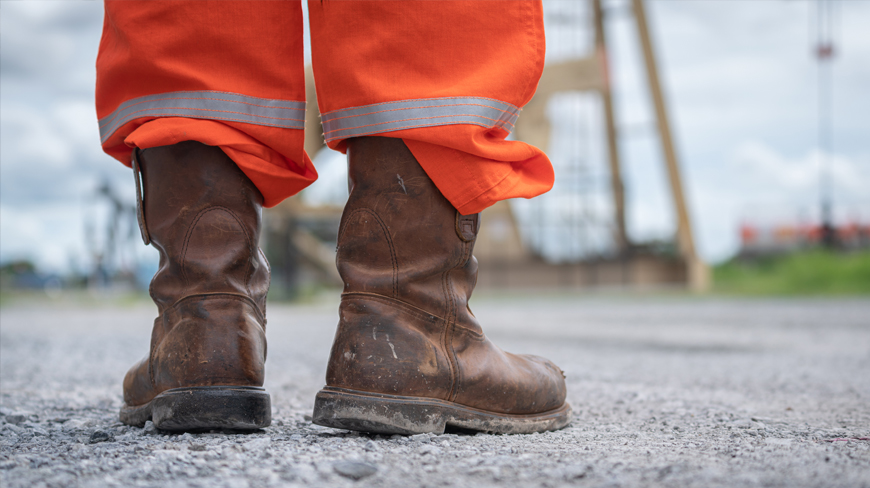No products in the basket.
Safety Footwear
Rigger Boots vs Lace Up Safety Boots
Rigger boots vs lace up safety boots is a popular topic when discussing safety footwear and the types of boots on offer. Some individuals prefer the simplicity of rigger boots as they can be slipped on and do not require lacing up, while others prefer (or are required) to wear lace up safety boots as they provide a more secure fit, better support and have more safety features.
What are the differences between rigger boots and lace up safety boots?
The main difference between rigger boots and lace up safety boots is the appearance. Rigger boots can be slipped on and often feature pull on loops while most other safety boots have a side zip or need to be laced up.
What are the benefits of rigger boots?
Rigger boots are a popular option as they combine the features of a safety boot and a wellington as they have a relaxed fit, are waterproof and feature a metal or composite toe cap. They were originally designed for oil rig workers who were in danger of falling into large bodies of water and needed a safety boot that was quick and easy to remove in the event of an emergency. Rigger boots such as the Texas Scuff Cap Rigger Boot also have a number of safety features including 100% non-metallic protective toecap, FORCE10® scuff cap and solid nitrile rubber outsole and conforms to EN 20345 S3 HI CI HRO WR SRC. Many workers in the construction industry do prefer rigger boots but this footwear doesn’t always meet the safety requirements needed for their specific job role.
What are the benefits of lace up safety boots?
Safety boots that lace up or feature a side zip will provide the wearer with a more secure and supportive fit. They are available in different styles for additional support including ankle and high leg and include innovative features such as lightweight, waterproof, thermal, sustainable, ladies and tactical. Safety boots are also equipped with numerous properties including metal and composite toe caps, heat-resistant outsole, protective midsole, anti-static and impact protection. Popular safety boots include the Lightyear Utility Boot, Rock Fall Surge Sustainable Safety Boot and the Intrepid Women’s Hiker Boot.
Investment into the research and development of new materials and components combined with modern production techniques have revolutionised the safety boot industry. Designs now focus on the wearer’s comfort and feature innovative solutions to minimise impact and protect the back and legs when working for long periods of time.
Are rigger boots banned on construction sites?
There is no outright ban on rigger boots, but they are often forbidden on individual sites or by specific construction companies in accordance with their risk assessment and health and safety requirements. Wearing the appropriate safety footwear and correctly fitting footwear is of paramount importance and often rigger boots do not meet the demands of those working in certain high-risk environments.
Many construction companies have found that their employees are at an increased risk of foot and ankle injury when they wear rigger boots compared to regular safety boots. They offer no protection against ankle injury, falling debris can enter the boots and there is no mid-sole protection against penetration resulting in injuries from standing on nails and screws.
Do rigger boots and lace up safety boots meet the same safety regulations?
Rigger boots and regular lace up safety boots both conform to EN 20345 but regular safety boots will often feature other safety ratings including midsole penetration resistance (S3), cold insulation (CI), anti-static (A), ankle protection (AN) and toe protection (SB). You must wear safety footwear that will provide your feet with the highest levels of protection against your workplace hazards
Choosing the correct safety footwear can feel like a daunting task but do your research, read our footwear guides, and most importantly speak to a knowledgeable supplier of safety footwear. For over 30 years Clad Safety has been a trusted supplier of safety footwear, if you have any questions, please contact us on 0800 161 3661 or [email protected].




